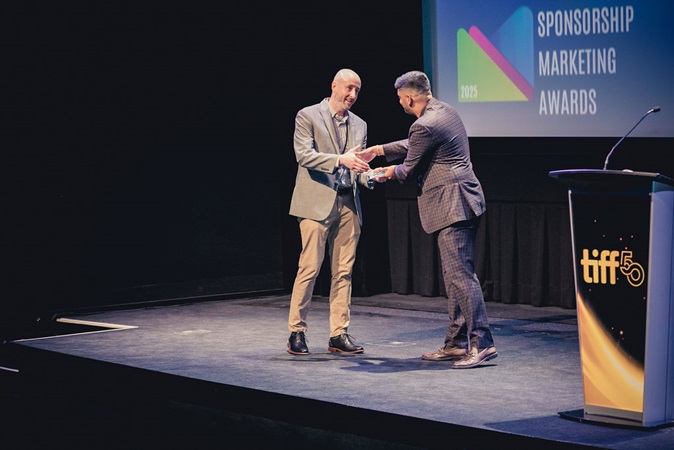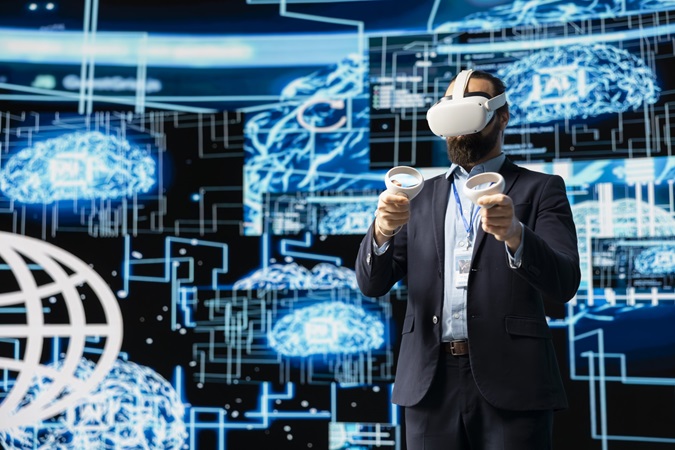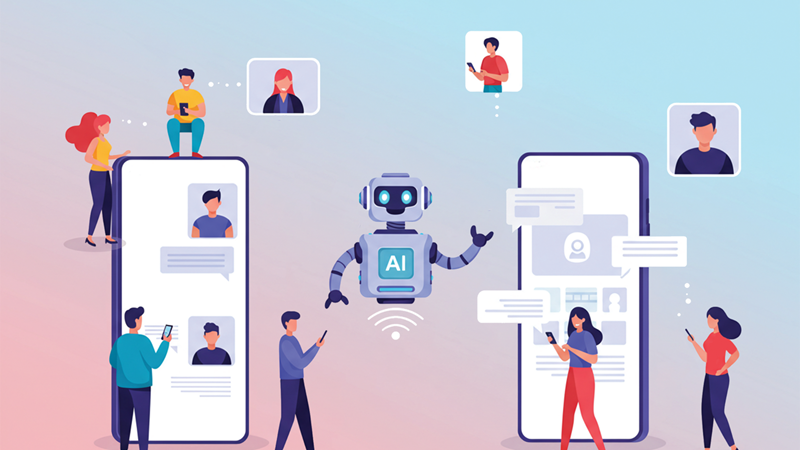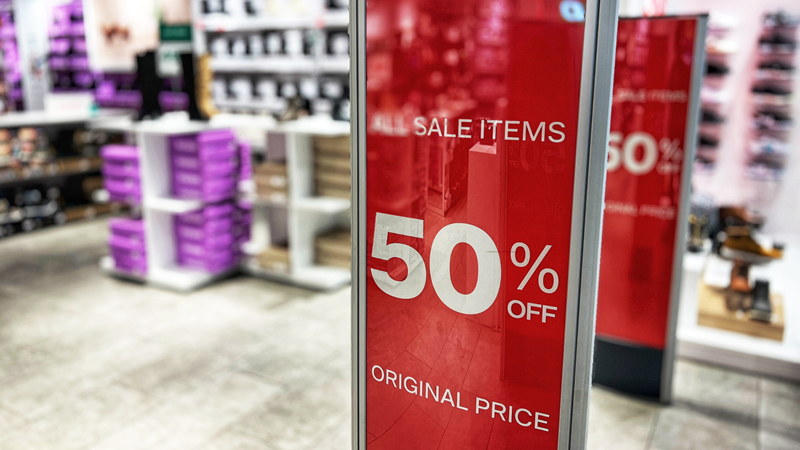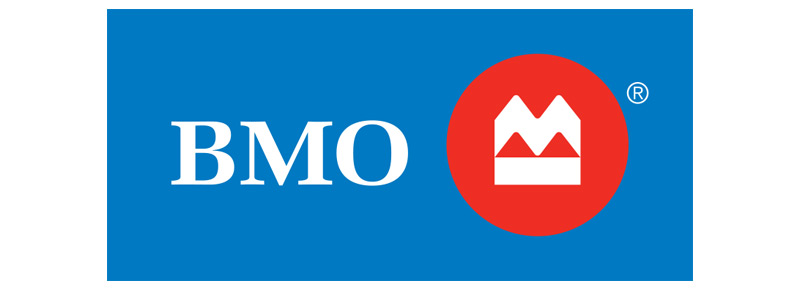Futureproofing brands: How brands become engines of value and impact
In an AI driven world of relentless change and intensifying competition, organizations are searching for the advantage that transcends product cycles, technological disruptions, and short-term gains. That enduring advantage is brand. This knowledge paper draws from four CMA roundtable discussions with senior marketing and business leaders to explore how brands must evolve and assert themselves as core strategic levers for growth. For organizations to thrive in this ever-changing landscape, do we need to evolve the way we view and leverage our brands?
The conversations addressed four intersecting themes: brand purpose ("the why"), brand as a leadership function ("how brand leads the organization"), authenticity in storytelling ("the future of brand storytelling"), and the impact of AI on branding ("leveraging AI"). Together, they form a roadmap for brands to drive business relevance, resilience and results.
From logo to leadership: Reframing brand purpose for real impact
A brand isn’t just how you look—it’s how you lead. It’s the emotional connection people have with the brand shaped by the values, voice, experience and behaviours of the organization. Apple isn’t just tech—it’s creativity and culture. Ferrari doesn’t sell cars—it sells desire. Even “Who Gives A Crap” turned toilet paper into a movement by standing for something bigger.
Brand building is no longer just a communications function—it’s a business function. Roundtable leaders agreed: brands must now guide everything from innovation and product development to hiring and partnerships. It's not just the story you tell—it's how your business shows up in the world.
We’re moving from static identity to living intent. From “what we sell” to “how we serve.” Today’s strongest brands co-create meaning with their communities, solve real human needs, and evolve as expectations shift.
Yes, performance tactics drive fast clicks—but only brand builds lasting relevance. And in a noisy world where loyalty is fleeting, your brand is your edge. It’s the one asset that can’t be copied, discounted or disrupted overnight.
The question isn’t what category your brand is in—but what role it plays in people’s lives. That’s the impact of a brand driven by purpose.
Brand as a leadership function
For brands to drive sustainable long-term growth, they must lead organizations. Senior marketers discussed how brand leadership is not the purview of marketing alone but that of the entire business value chain. It must be embedded across every function—from operations to HR, from finance, all the way to the expression of the brand in frontline interactions. The brand becomes a shared language, a strategic compass and a cultural rallying point.
Organizations that lead with brand create clarity in decision-making, foster trust, and differentiate in saturated markets. They empower their employees to live the brand promise and use its values to inform how they build experiences, measure success and define organizational goals.
This demands a new skill set for marketers: systems thinking, cross-functional fluency and financial acumen. It also requires greater visibility and direct influence at the executive table. As one participant noted, "Marketers need to be part of quarterly reporting, not just campaign reporting." This is key as marketers need to demonstrate the value of the brand in helping to drive revenue while taking a customer-first view.
Authenticity at scale: The new storytelling frontier
In a content-saturated world, storytelling remains one of the most potent brand tools—but only if it is authentic. The future of brand storytelling is not about polished perfection; it’s about emotional resonance, shared vulnerability and truth. It is also very much about co-creation with your most important audiences. This could include but may not be limited to, consumers, employees, potential recruits, prospects and senior leadership. Through our roundtable discussions, marketing leaders underscored how every team in the organization has a role to play in storytelling, from frontline employees sharing real experiences to operations teams translating service excellence into stories of impact. Internal storytelling (e.g. employee marketing) is as critical as external storytelling, aligning culture with customer expectations.
Technology has made everyone a broadcaster. This democratization of voice demands operationalized storytelling—a system of principles and shared purpose that allows many voices to contribute without diluting the brand. It requires balance: letting go of control while reinforcing clarity.
Augmenting humanity with AI
AI represents both a transformative opportunity and a critical inflection point for brands. Used well, it can help marketers synthesize data, accelerate content development, and hyper-personalize experiences. But AI must never replace the human essence of branding.
The group of marketing professionals agreed that AI should be used to empower humans, not replace them. It can handle volume and automate the mundane, but it cannot replicate originality, empathy or intuition—the very things that make brands matter.
The role of the marketer evolves from creator to curator, from executor to orchestrator. To futureproof brand equity, leaders must implement AI responsibly: preserving originality, protecting privacy, avoiding bias, and investing in human skill development. They must also guard against the erosion of junior talent pipelines by over-relying on automation for entry-level tasks.
Brand as the operating system for growth
The cumulative insight from these four roundtables reveals an urgent call to action:
Brand must be the operating system of the modern organization.
This means:
- Strategic integration: Embedding brand in the C-suite agenda as a filter for decisions.
- Cultural embodiment: Making brand values the lived experience of employees and customers.
- Data-driven humanity: Using AI and analytics to inform human-led insight and creativity.
- Cross-functional alignment: Empowering every team to express and uphold the brand.
Leaders must stop thinking of brand as a marketing asset and start treating it as a business asset. Futureproofing isn’t about reacting to change. It’s about anchoring to something timeless—shared belief, emotional connection and meaningful progress.
Conclusion
As the world grows more fragmented, commoditized and algorithmically driven, the brands that will thrive are those that stand for something, connect with someone and guide everything. Brand is not the output. Brand is the driver. To lead in the future, brands must lead today.
Authors:
David Brown, President, Mindshape
Björn Bruschke, Vice President - Marketing Planning and Integration, Desjardins
Elena Herweyer, CEO, Creative Director, Art Fresh, Inc.
Mike Leon, Managing Director, Brand Heroes











